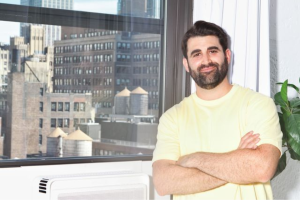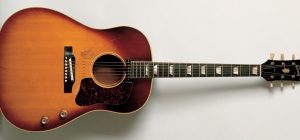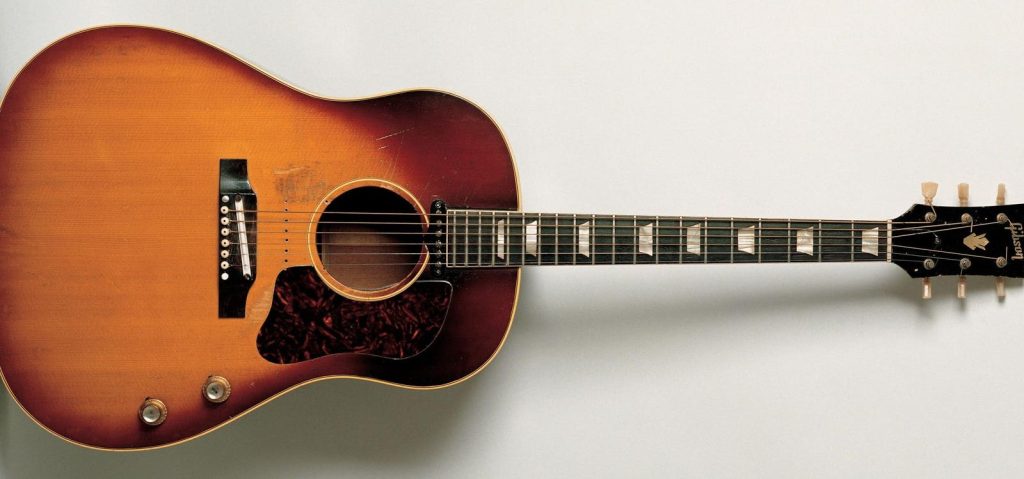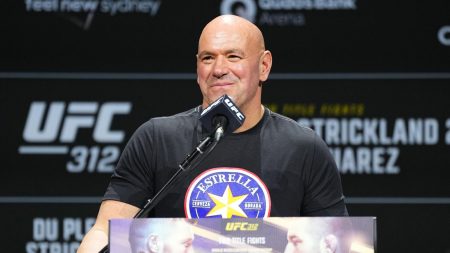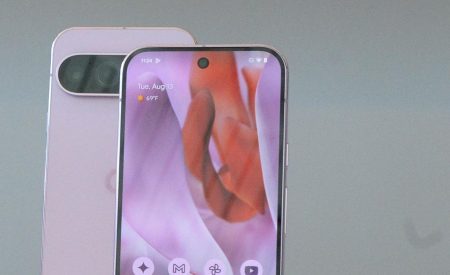Neurological illness can be devastating. One disease that affects the brain is stroke, occurring when the blood supply to the brain in blocked and often resulting in speech, motor or memory impairment. This affects over 6 million in the U.S.
Could the rhythm from playing a guitar make a difference in stroke?
As a student in music therapy at the University of Maine, Brian Harris became intrigued with the ability of rhythm and music to change the brain. He wanted to make a difference for the patients he saw. He was watching a session with a wheelchair bound boy with neurological deficiencies including the inability to talk and cognitive impairment. But within minutes of the music therapy session beginning, the child began to improve. Family members who were present teared up. ‘It was quite a profound moment to witness’ says Brian, who realized that his mission to figure out how this happened and scale to help other patients.
He went on to start the first program to treat stroke and brain injury with music interventions at Spaulding Rehabilitation Hospital, a teaching hospital of Harvard Medical School. Using Rhythmic Auditory Stimulation (RAS), he was able to help patients relearn how to walk with speed, and symmetry. He would often work alongside the physical therapist with his guitar. ‘Time and time again, RAS improved (patients) dramatically, outpacing their recovery from other treatment options.’
The demand for intervention became higher, within the hospital as well as for outpatient care with many family members asking Brian for continued care after discharge. With goals to improve access to this treatment for many more patients, he partnered up with Owen McCarthy to find a way to deliver this digitally.
The InTandem innovation pulls together a sophisticated platform of software, hardware controllers, sensor and a headset that delivers RAS via user preferred music. With commitment and years of hard work, it is now available via a prescription for those with stroke related gait impairment. The founders hope to enable access to all patients, especially the 3.5 million chronic stroke survivors living with this disability and were recently able to get a unique billing code by CMS. MedRhythms has recently partnered with Lovell Government Services to support veterans and military personnel.
Using sound data to innovate medical tools:
Sound and rhythm have great potential in healthcare. Another company to realize this is Lapsi Health. By utilizing sound and photoplethysmography (PPG) in the form of a wireless and digital stethoscope for clinicians, and converting this data to new digital biomarkers, the hope is to impact early and precise diagnosis.
The initial product, Keikku, is an integration of software and hardware in a handheld listening device, similar to a stethoscope, which utilizes AI to standardize interpretation of auscultatory sounds, providing important insights into diagnosis. Some examples of use cases include asthma exacerbations in children, COPD in adults and outpatient heart failure monitoring. In addition, this device can record the sound data as well as integrate it into EHRs for easy access to it later. ‘This allows the data to be shared and streamed across teams for collaborative decision making during rounds or with consultants” states Dr Jhonatan Bringas Dimitriadis MD, CEO at Lapsi Health. “Often, complex lung and cardiac cases need multiple specialists to be involved in care and this opportunity can help in sharing of crucial information”.
With the potential of augmenting remote care for patients as well as telehealth, the co-founders are especially excited to make impact in the disparities that currently exist, especially in rural areas. “Keikku has the potential to bridge gaps in care, enabling healthcare providers to reach patients in underserved areas” said Dr Diana van Stijn, Chief Medical Officer at Lapsi Health. “We hope to not only advance medical technology but improve equity in healthcare access”.
Sound Innovation Impacting the Progress of Brain Disease
Sound technology can certainly make a difference in health, but can it help reduce the progression of disease? Our brain emits gamma waves in a certain rhythm and frequency. Recent research has shown that the rhythm of gamma waves in our brain can have an important impact on the many functions of the brain including cognition, memory and executive function. Interestingly recent research has found that in neurodegenerative diseases, this frequency is disrupted. MIT Professors Ed Boyden and Li-Huei Tsai, in preclinical research, found that if gamma waves through non-invasive stimulation, were put back into baseline frequency, it could slow down the process in certain brain diseases such as Alzheimer’s. Fast forward to the Overture study, and the results look hopeful. In this study, patients in the intervention arm experienced 69% slowing of brain volume loss (MRI) and 77% slowing of functional decline (ADCS-ADL) compared to the control group, without serious treatment-limiting side effects.
Because the treatment can be delivered at home, SpectrisTM, an audiovisual stimulation combining sound and light therapy, can allow access to vulnerable populations such as those who might live far from academic centers. By restoring gamma rhythms, this technology assists the brain to activate genes and proteins that help preserve its structure and function. Data analytics are also incorporated so that each device is personalized to the patient based on unique individual brain response. Aiming for accessibility, the device is easy to use at home with an intuitive headset to help usability.
“This technology (Spectris™) uses physics to generate brain gamma rhythms essential for normal brain health and to potentially restore brain functions and structures affected by aging and neurodegenerative diseases such as Alzheimer’s,” said Ralph Kern, MD MHSc, Cognito’s Chief Medical Officer. “Our goal is to fulfill the promise of delivering a safe, effective, and cost-effective home-based therapy that improves the lives of patients and their families.”
As we move forward to help patients in getting the best health possible, new technologies that utilize sound and rhythm remain a key part in this frontier.
Read the full article here
